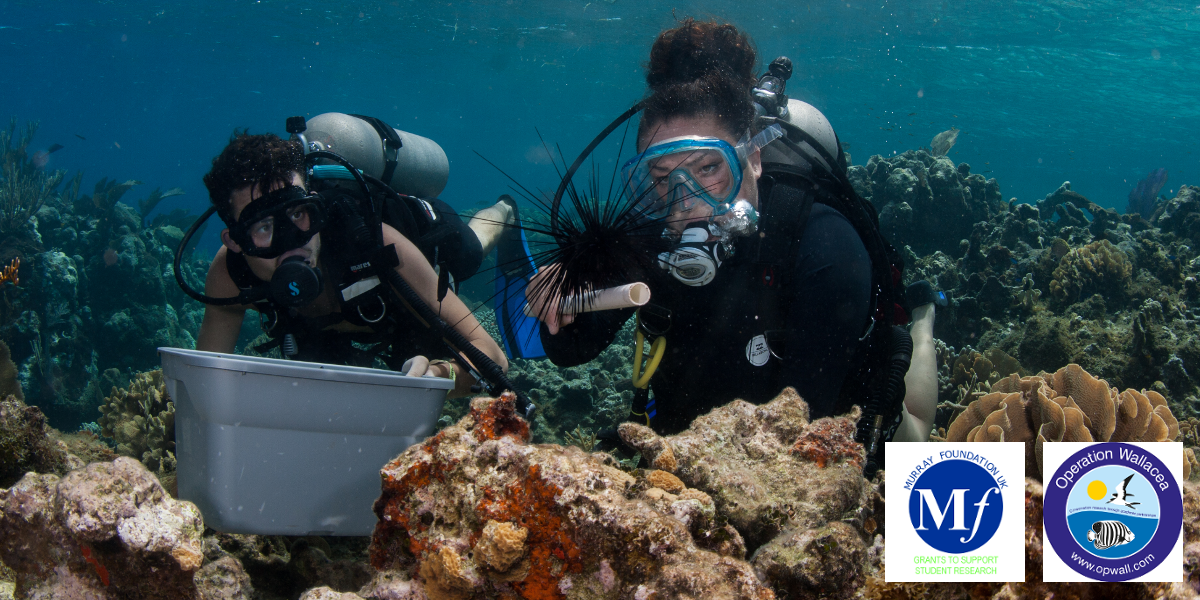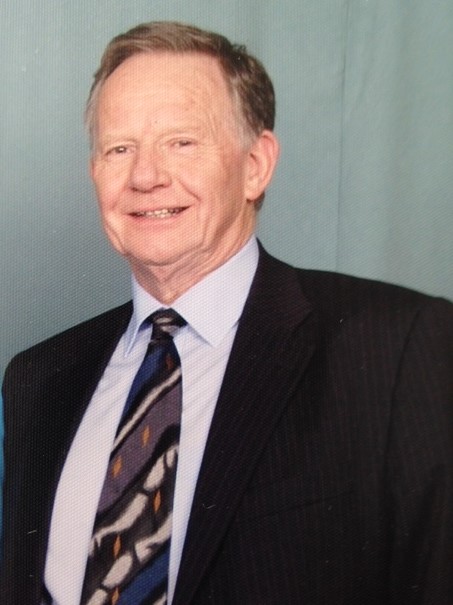Our group came from Alcester Grammar School in the West Midlands. Our expedition group consisted of four year 12 students and 14 year 13 students and our supervisors were our teachers, Mr. Gill and Ms McLean. Everyone in our group who came onto the expedition were very eager about the study of ecology and biology as a whole and so we were all passionate about the trip and had an enjoyable time whilst out in Fiji.
Fundraising for the trip was done in many different ways. as a group we had no group fundraising pot but rather did so individually. Many people such as myself got jobs to help fundraise for the trip for example I (Harry Benton) got a job working at McDonalds to help fund the trip, taking me 6 months of working. Another of our group setup a quiz night and raffle helping them to raise somewhere in the region of a brilliant £800 for the trip.
Everyone on the group prepared separately, but we had a few meetings on the lead up to the trip to help us prepare, as well as some extra activities that were needed. We were given a list to help us pack what we would need, to ensure the expedition went smoothly and was enjoyable including medical supplies and rainforest friendly clothes. We were also informed on the importance of biodegradable wash products so we had to locate some for the trip, which was kindly donated by green people. This company was a good call, as their products were made from 100% biodegradable products which we would be able to safely use in the rainforest without damaging the delicate ecosystem that is found in the area. We also managed to get these products for free, in exchange for publicity for their products which allowed use to easily acquire biodegradable products whilst raising awareness for a brand. We were also taught the customs to use for when we stayed with the locals for 1 day and 2 nights so we could create a welcoming environment for the locals that were hosting us. In preparation for the marine week on the Fiji expedition, we were recommended to acquire a PADI diving license which would allow us to start helping the onsite researchers a lot quicker as we were already qualified to dive. Most of the group went on to do this, with some deciding to learn at the site. Some of us had already earnt a diving license so we arranged a day after school, in which we met up at the local leisure centre to have a refresher on diving in a pool, in which we were shown hand signals and procedures for assembling and disassembling the gear. We also managed to get a sponsorship from the company Gul which allowed us to have wetsuits for the diving sections of the trip. Without these suits we would have been less prepared for the trip when we arrived, having to borrow the wetsuits that were already there.
The trip began at Alcester Grammar School on the 12th of July 2019. We had a brief meeting with the trip leader Mr. Gill before loading the minibus for Heathrow. From there we had a 13hour flight to Singapore where we spent an hour or so making our way to the connecting flight to Nadi, Fiji which was another 10 hours. After our arrival we had another small flight to Savusavu where we had a nice meal in the harbour before getting the bus to the homestay village of Vusaratu where we were greeted with a warm welcome and fed some traditional Fijian food before going to bed with our homestay families. The house was very nice and welcoming especially after having travelled such a long way to get there. Me and one other student were staying with one of the older residents of the village and was keen to take care of us and make us feel as if we were part of a family. We each had our own room that was fully prepared for
us with mosquito nets being hung over both our beds to protect us from the mosquitoes. In the mornings we were treated to many delicious foods for breakfast, the highlight being the scrambled eggs and bread that we were provided with which had a very unique taste compared to their counterparts in England. Our homestay was very curious about our lives and so we were happy to talk about our experiences in England and how we were enjoying Fiji. The first day in the village of Vusaratu we were given a village tour where the locals showed us their way of life and things that people would do on a normal day in the village such as mat-weaving and collecting certain plants for medicine or for earning money. Later that day the locals treated us to a lovo dinner on the beach before we went to bed ready for the big hike up the hills to the forest camp the following morning. The hike up to the forest camp was long, slow and difficult in the heat of the day however we did all eventually make it before lunch and our afternoon activities. We had planned to take a coach up to the start of the trail, but it never arrived so we had to start our walk from the village, letting us take in more of the surroundings than we would have.
The 1st week in the forest camp was worked on a rota of spiders, habitats, butterflies and birds. Every day each group did something different until they had completed all of the tasks. My personal favourite was the butterflies as we managed to catch a butterfly that has never been found in the Natewa peninsula before. Although the butterfly was not a new species it had never been recorded in this particular area, so it was a very exciting moment for our group. Once all was done we had to leave the beauty of the rainforest behind for the marine camp. The views there were breath taking over the bay which is the largest bay in the south pacific. during the second week we carried out underwater surveys or some people got their PADI certification or like me, went snorkelling. On the Wednesday morning I stepped outside the tent to see everyone on the beach looking out into the bay during what was meant to be breakfast. To everyone’s surprise, there was a whale out in the middle of the bay where everyone was staring in awe. The rest of the time in the water camp we played various card games when we were not out in the water. After an amazing time in rural Natewa bay we sadly headed to Nadi for 2 nights in Bamboo-backpackers where we went to the garden if the sleeping giant and the Sabeto hot springs. before embarking on the long journey home.
What did we gain and learn from taking part? We gained knowledge on how the job of ecology works in a real life setting and the types of conditions people work in for the type of job they do. We also gained an appreciation for different cultures from the other side of the world and how different their way of life is to ours, whilst learning about their way of life and how it differs from ours in a more developed country and discovering their viewpoints. Every night once we reached the forest camp and then the marine camp, we were provided with a very engaging lecture on the ecology of the islands of Fiji, some examples of the types of lectures we were given were about the different types of coral and fish in Natewa bay and how to identify and categorize these. Another lecture we were given, that was in the forest camp, was about the different types of islands in Fiji and how the positioning of these islands affected the migration of different species, such as birds and of course humans. We also learnt of the endemic species that were only found on the island that we stayed on Vanua Levu and more specifically the Natewa peninsula, for example the Natewa silktail and Papilio natewa (a swallowtail butterfly). We left with an overall greater understanding of the subject of ecology and more so the ecology of Fiji which will be very useful for the future for all of us if we go into the field of Biology, and a perfect way to get into ecology as a fulltime job. Even for those that do not want to go into ecology, the experience is an invaluable source of information and experiences that will make all of our group stand out from the rest of the crowd, showing our high interest in amazing projects such as this one. It may in the future even lead to some of us being the pioneer of a new discovery in the field, thanks to this expedition.













Social Media Links